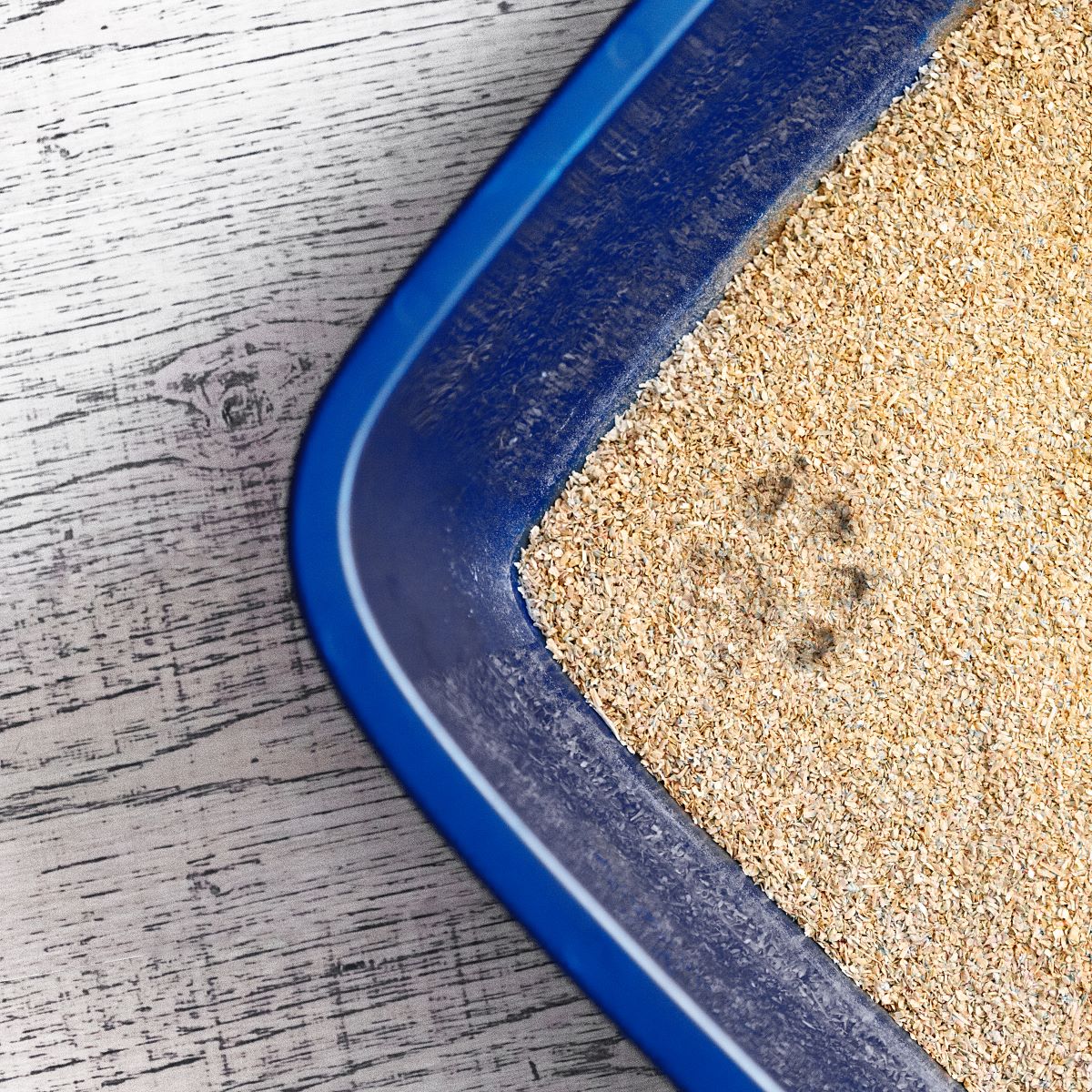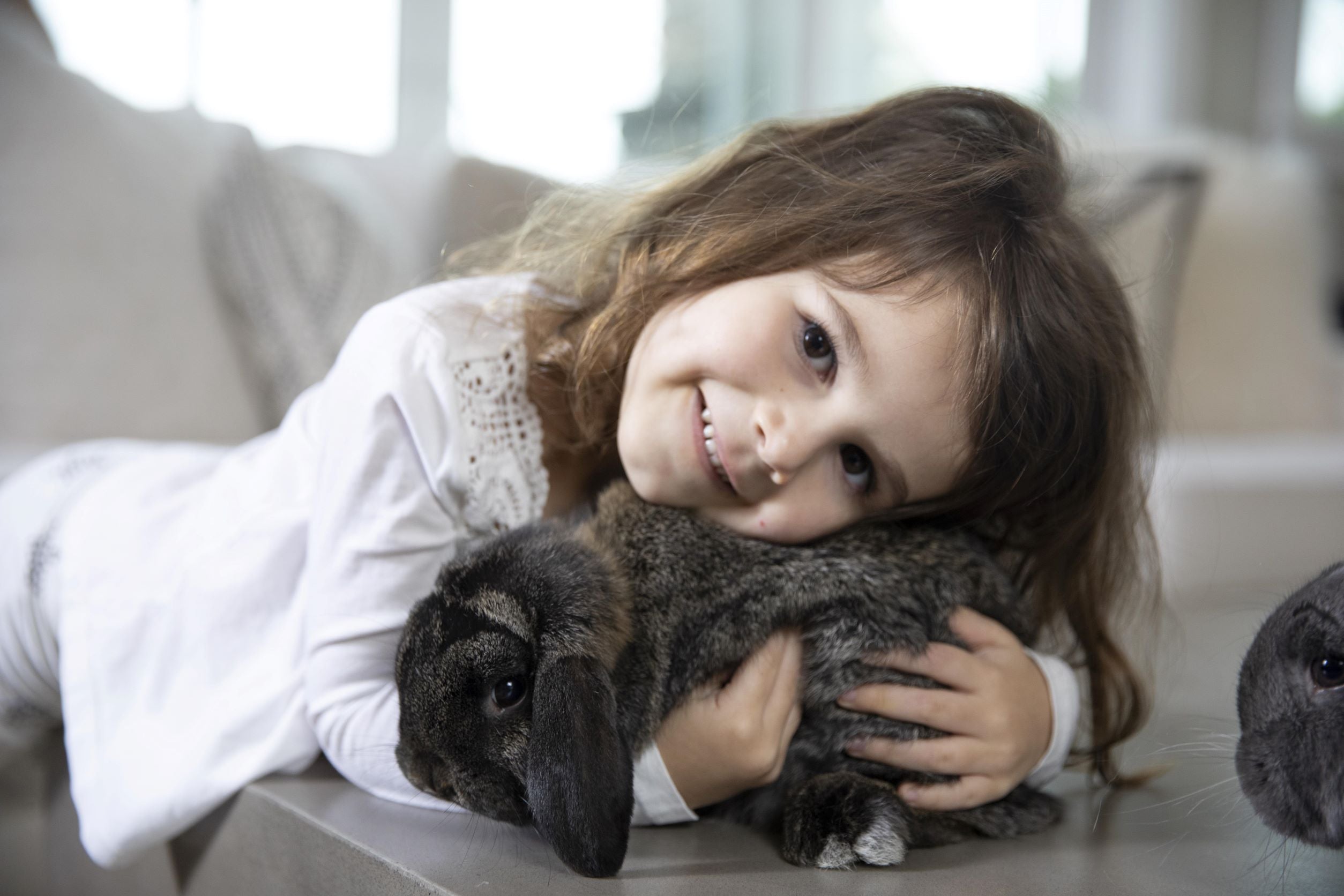
Expert Dog Training for Multi-Pet Homes (Because Sibling Drama Is Real)
Source: https://www.pexels.com/photo/a-woman-walking-a-group-of-dogs-7210537/
Living with more than one pet can be equal parts joy and chaos. One minute they’re curled up together, and the next they’re fighting over a toy or food bowl. Multi-pet homes bring plenty of affection but also their fair share of tension. Whether it’s jealousy, dominance, or competition, keeping peace in the pack takes effort. Expert training helps build structure, harmony, and understanding among your furry companions. Let’s unpack how you can make your home calmer and happier for everyone.
Sibling Rivalry Starts Small
When a new dog joins the family, existing pets often feel uncertain. Little things like guarding toys or pushing to be first for treats may seem minor at first. Over time, these small actions can lead to real rivalry. Dogs rely on clear boundaries and leadership, so confusion about hierarchy can make them anxious or reactive.
Early correction is key. Feeding dogs in different spaces, taking them for group walks, and rewarding calm behavior builds mutual respect. Training from the beginning teaches them that cooperation brings rewards. Recognizing subtle signs of tension helps you step in before squabbles grow into habits.
Professional Trainers Can Restore Peace
Expert trainers can make a world of difference in multi-pet households. Services such as Bark Busters specialize in at-home sessions where they observe how pets interact naturally. This approach helps pinpoint what’s really behind the tension. Whether it’s dominance, anxiety, or communication gaps between pets.
Their trainers guide you on handling specific triggers like mealtime chaos or door greetings. The focus is on calm leadership and consistency rather than punishment. Over time, pets learn to follow directions instead of competing for attention. It’s not just about obedience; it’s about reshaping your household energy into one of balance and trust.
Reading Body Language Before It Escalates
Dogs communicate long before they bark or bite. Posture, ear position, tail movement, and even eye contact send messages. Recognizing these signs helps you act early. A stiff body or fixed stare means tension is brewing. Turning away or yawning signals avoidance and submission.
Learning to read these cues keeps everyone safe. Instead of waiting for fights, you can redirect your dogs’ focus or use a command to calm them down. Over time, this teaches them that your intervention keeps things fair and safe. Awareness becomes your best prevention tool in a busy home.
Establishing Ground Rules for Everyone
A peaceful home runs on a predictable structure. Dogs need to know where they eat, sleep, and play, and what’s off-limits. When every pet follows the same rules, the pack stays balanced. Without structure, confusion leads to stress and unwanted behavior.
Here are some ground rules that help maintain order:
- Feed each dog in separate zones to prevent guarding.
- Keep valuable toys or chews supervised.
- Encourage shared play only when everyone is calm.
- Reward collective good behavior to promote teamwork.
Rules work best when they’re consistent. Once dogs know what’s expected, they start cooperating naturally instead of competing.
Equal Time for Every Pet
One of the biggest triggers for conflict is unequal attention. When one pet feels ignored, they might act out to get noticed: barking, nudging, or interrupting play. Dogs crave connection, so your time is their most valued resource. Rotate solo walks, cuddle sessions, and puppy training time. Even a few minutes of one-on-one focus can make a big difference. This approach builds confidence in each pet and reduces jealousy. Balanced attention tells every dog they’re part of the same loving team.
Routine Keeps Everyone Calm
Dogs thrive on routine. Predictable feeding times, walk schedules, and rest periods help them feel safe. Without consistency, anxiety often creeps in, leading to unwanted behavior like barking or fighting. Create a schedule and stick to it as closely as possible. When dogs know what’s coming next, they relax. Training sessions also work better when timed around calm periods. A steady rhythm builds confidence and reduces stress for everyone under your roof.
Group Training Strengthens Bonds
Group training isn’t just about commands; it’s about teamwork. Practicing sit, stay, or come together teaches dogs to listen even when distractions are present. It helps them see training as a shared experience instead of a competition. Start with short, fun exercises and reward collective success. Walking side by side, waiting for turns for treats, or sitting together before meals builds cooperation. Over time, dogs learn that calm, shared behavior earns rewards. This teamwork mindset reduces rivalry and builds trust.
Handling Jealous Moments
Even with structure and balance, jealousy can sneak in. A new toy, a favorite blanket, or who gets greeted first can trigger tension. Staying calm is crucial because dogs mirror your emotions. If you react sharply, they’ll feel that energy and respond in kind.
Use neutral corrections, redirect focus, and keep interactions positive. If one dog keeps struggling, review the triggers or adjust routines. Sometimes, extra exercise or mental stimulation is all it takes to restore balance. Jealousy doesn’t mean failure; it’s just a cue that something needs adjusting.
Peaceful Homes Take Time
Creating harmony in a multi-pet household is a process, not a quick fix. Each pet brings a unique personality and learning curve. Consistency, patience, and positive reinforcement slowly turn chaos into cooperation. Every small improvement counts: calmer mealtimes, shared naps, or smoother walks.
With time and expert guidance, even high-energy homes can find their rhythm. Training doesn’t just change behavior; it builds relationships grounded in respect and understanding. When that balance clicks, the noise fades, and your pets start acting like a real family: loyal, calm, and happy.












 email us
email us